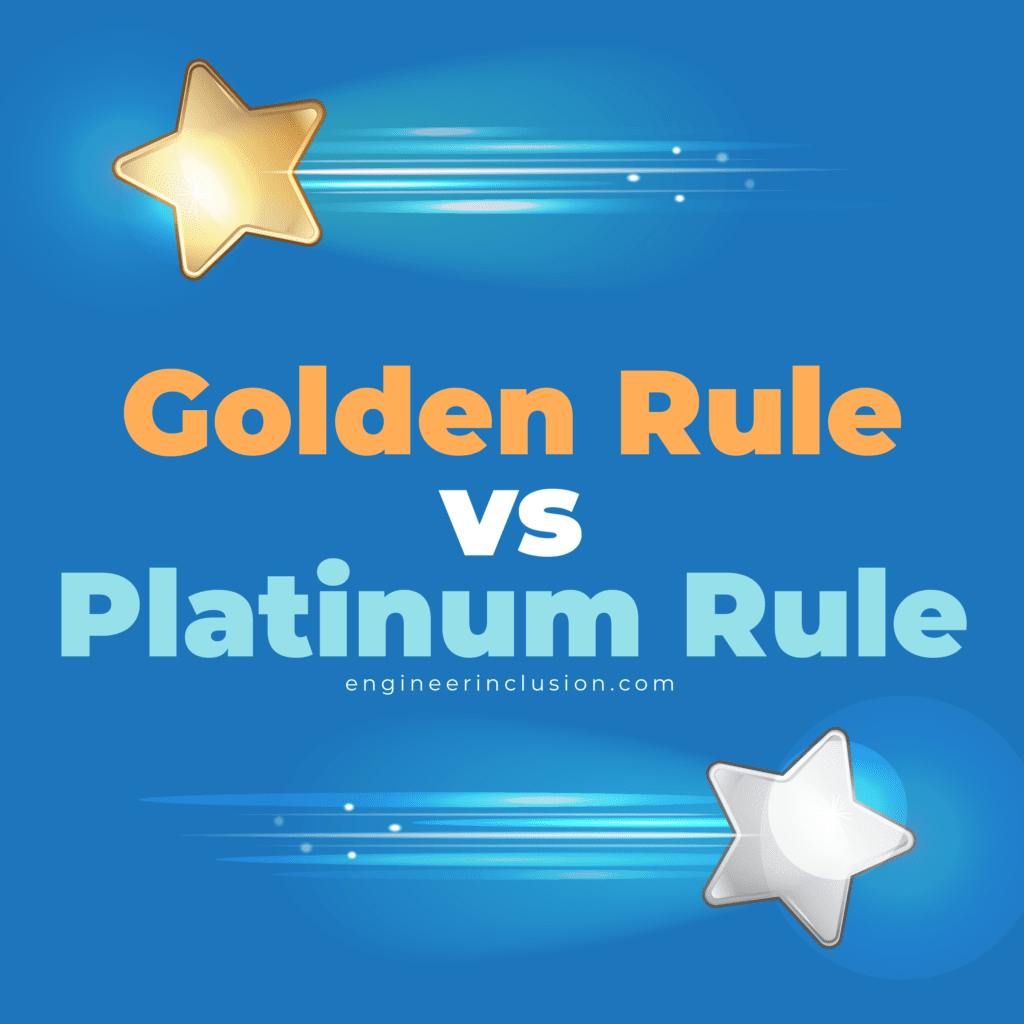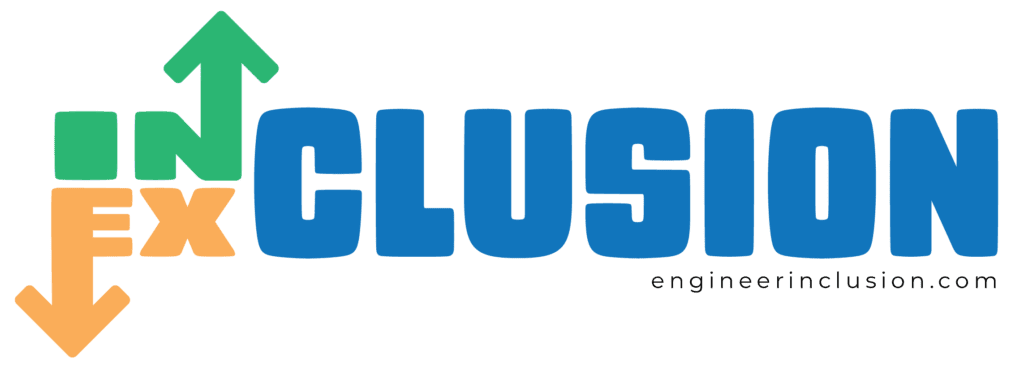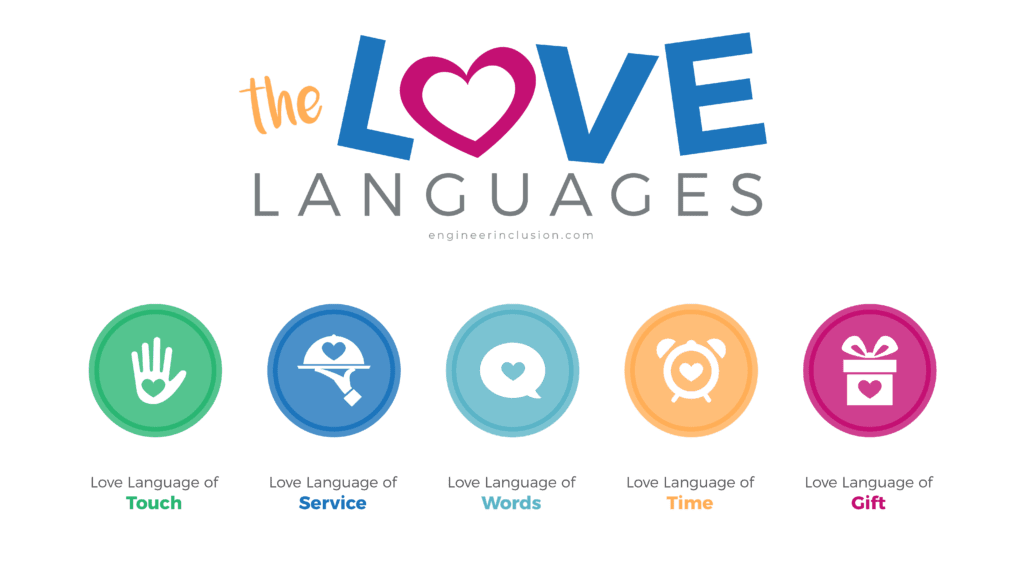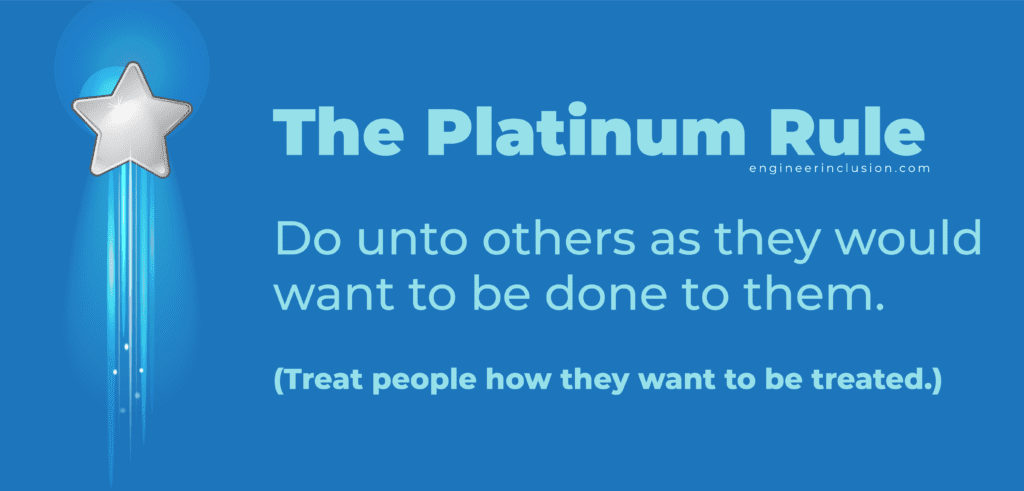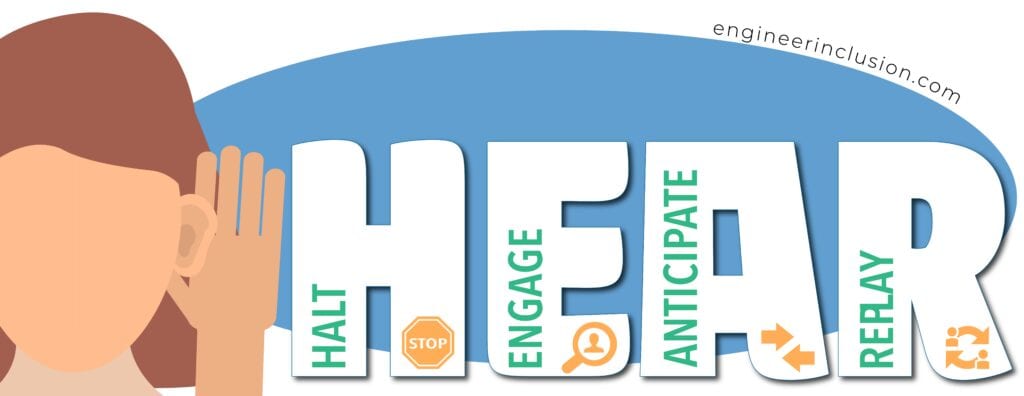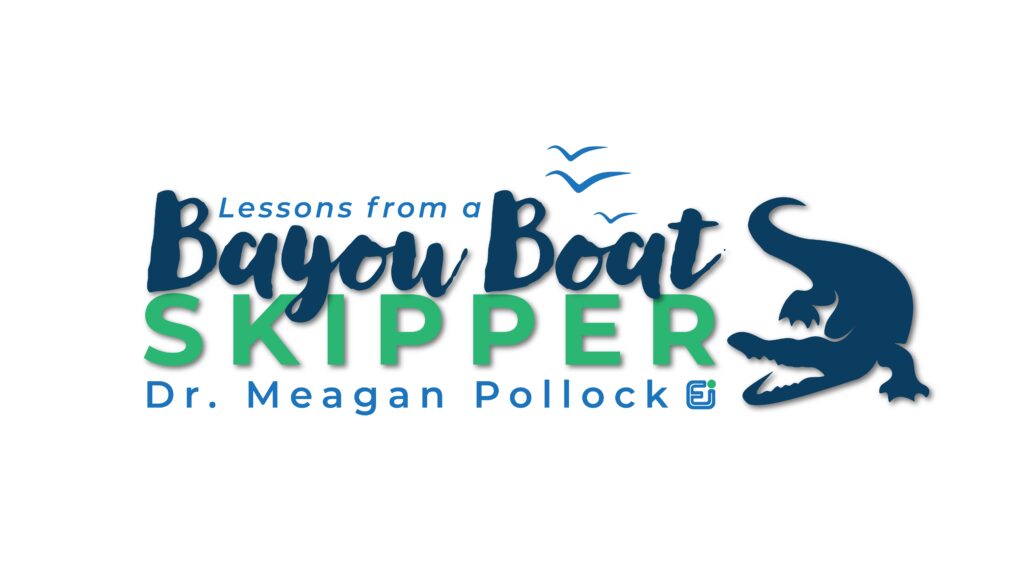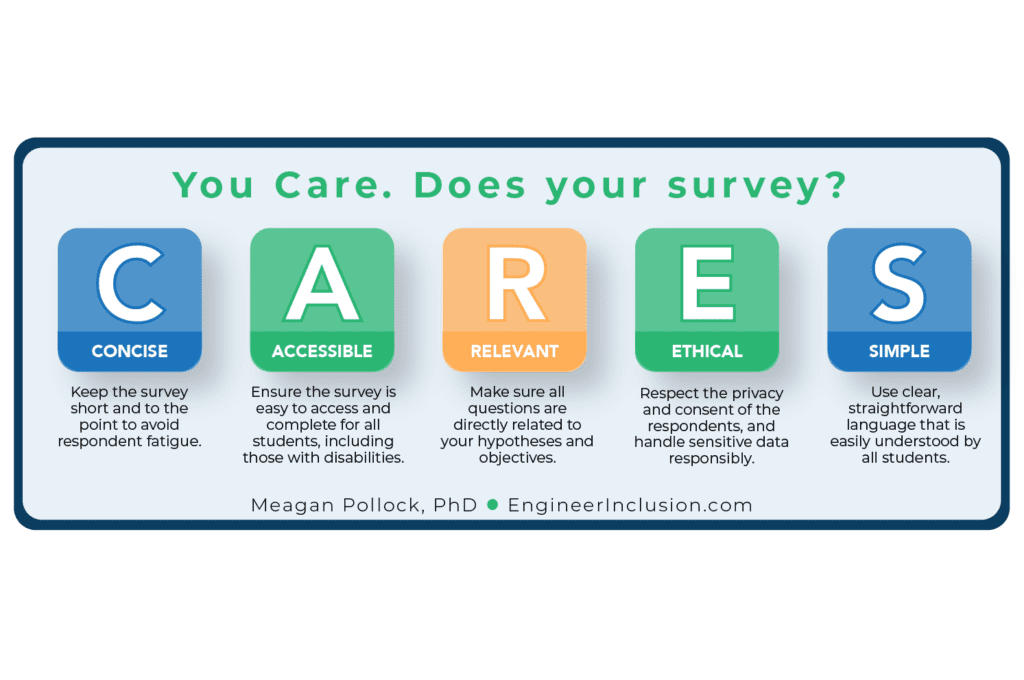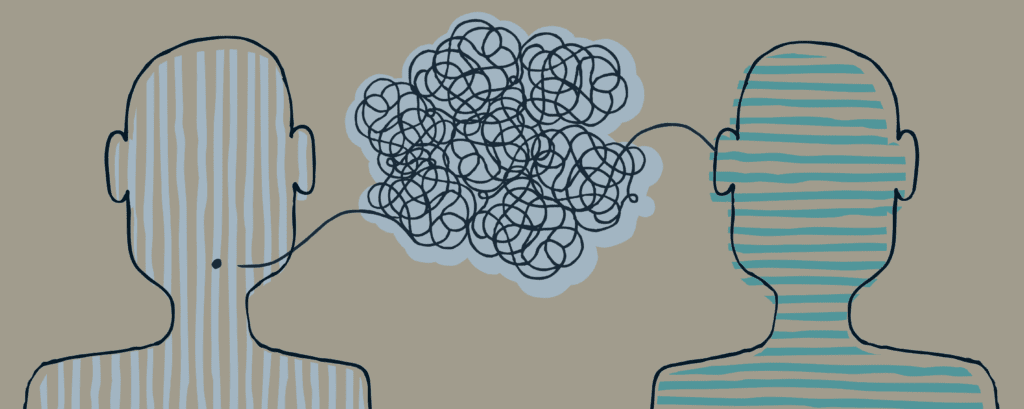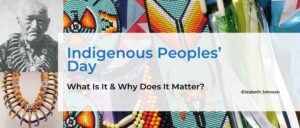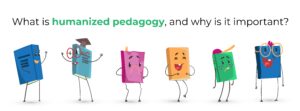Most of us learned the Golden Rule in kindergarten, and our teachers suggested using it as a plumb line for all types of human interactions. But what are the limitations of the Golden Rule, and is it still a practical guideline? In this post, we evaluate the Golden Rule and offer the Platinum Rule as a new benchmark for human-centered and inclusive practices.
The Berenstain Bears were part of my first introduction to the Golden Rule as a child. Do you know this story? A young girl bear learns the golden rule from her parents and struggles to understand it at first. Then Brother reminded her of how the “snooty” bears treated her as a newcomer to school and how she was doing the same for a new bear student. In remembering how awful that felt, she invited the new bear to play with her and her friends the next day on the playground.

I think we can all relate to being in a new environment and not being welcomed. It is not always the intention of people to be exclusive. Still, without intentionally helping others feel included, it can be perceived that way. The Berenstain Bears can remind us to increase inclusion and decrease exclusion because we want everyone to feel like they belong!
How you want to be treated may not be the same as how others want to be treated. This explanation doesn’t suggest that if you want others to be kind to you, others might want people to be rude. The limitation is that how you want others to be kind to you may differ from how others interpret kindness!
Take, for example, the popular five love languages theory by Gary Chapman. He posits that there are five specific languages of love and that when we have breakdowns in relationships, it is often a miscommunication of love. Meaning, we tend to give love in the way that we receive love.
For example, my mom’s love language is gift-giving. Mine is quality time. She gives me gifts I don’t want or need when I would rather spend time with her. For ages, we were at odds because I didn’t understand that love to her means someone gives her something. Once I figured it out, I tried for a while giving her gifts and trinkets, but it felt so disingenuous to me. We found a middle ground where now I gift her experiences, travel, and trips with me. So she feels love through the gift, and I feel love through the time together.
My mom and I followed the golden rule, though it didn’t help either of us. What we needed to do instead was to practice the Platinum Rule: treat others how they want to be treated. The Platinum Rule centers on the other person’s needs.
The Platinum Rule is particularly valuable when it comes to diversity, equity, and inclusion. The more culturally proficient we are, the better we can understand and meet the needs of those around us. When we meet people’s needs, whether students, employees, or colleagues, they are more likely to reach desired outcomes.
Discussion
- How can following the Platinum Rule better serve students or clients?
- How can following the Platinum Rule improve the function of our teams?
